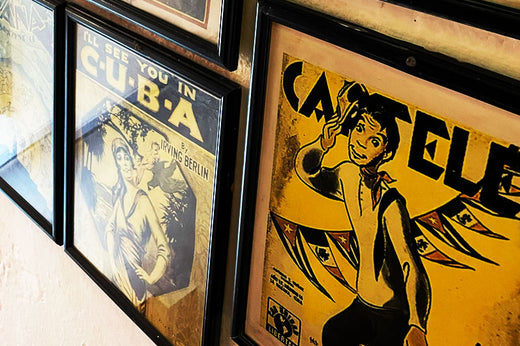
Cuban Coffee vs. Japanese Coffee
Immerse yourself in the rich flavors of Cuban coffee culture! Explore the vibrant history, unique brewing techniques, and passionate tradition behind every cup. Click the link to savor the essence...
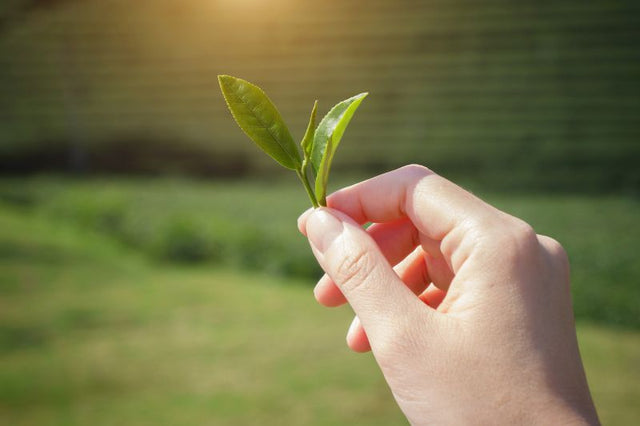
10 Things about Japanese Green Tea Harvesting You (Probably) Didn't Know
Learn the unique secrets of Japanese green tea harvesting. Discover ten surprising facts about this historic tradition and obtain a better understanding of the journey from leaf to cup.
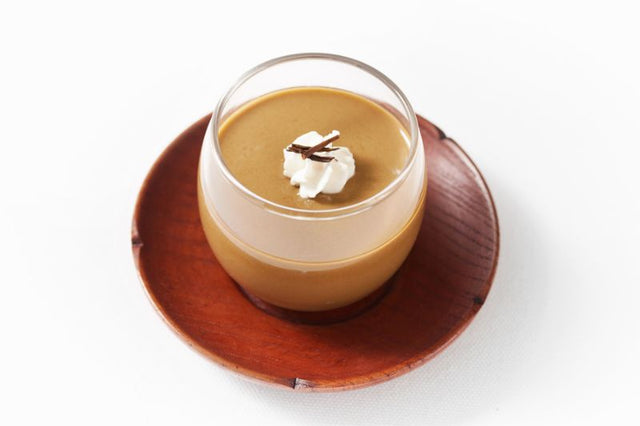
Hojicha Pudding (Video Recipe) and Everything You Need to Know about Pudding プリン and Japan
Dive into the delightful world of Japanese desserts with our Hojicha Pudding video recipe, and explore the rich tapestry of pudding プリン culture across Japan, including their appearance in Conbini, Jihanki,...
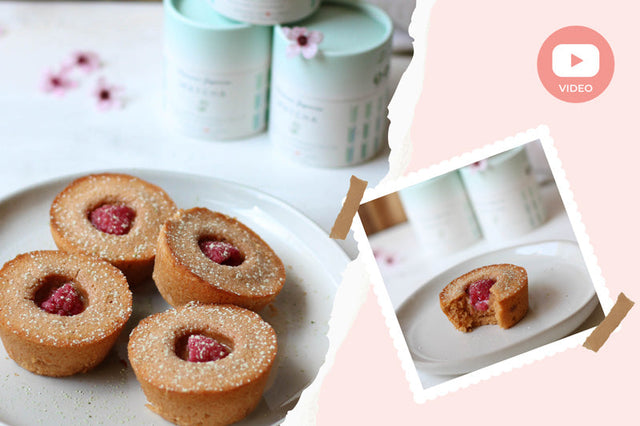
Raspberry Sakura Tea Cakes with Matcha Powdered Sugar (Video Recipe)
Savor the springtime in every bite with our Raspberry Sakura Tea Cakes, kissed by matcha sugar. Light, flavorful, and simply irresistible – your taste buds will thank you!
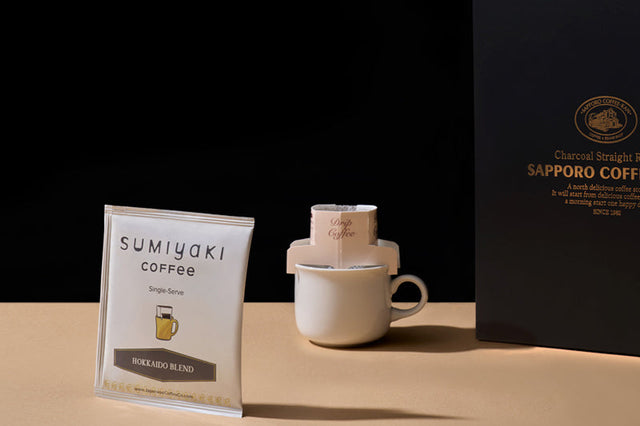
Introducing the New Hokkaido Blend Single-Serve Pour-Over Package
Discover the charm of Hokkaido Blend, a unique Japanese coffee experience. Fresh, charcoal-roasted, and packed in a new, eye-catching design. Indulge in the taste of Japan with our top-selling Single-Serve...
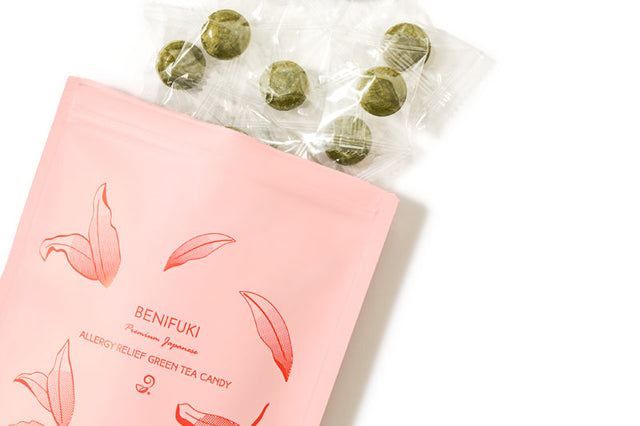
Introducing New Package for Benifuki Allergy Relief Candy
We are happy to introduce a new package for our popular Benifuki Allergy Relief Candy. The candy inside is the same as what has been loved by you and other customers...
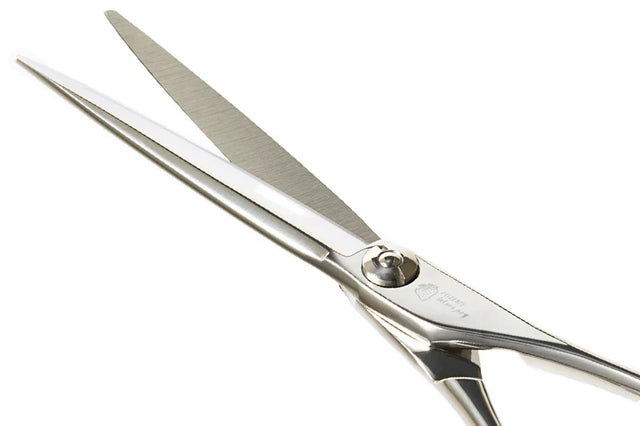
Japanese Knife Co. to introduces Premium Japanese Scissors
The Japanese Knife Co. introduces a new addition to their family of products: Premium Japanese Scissors. Emphasizing the history and craftsmanship of Japanese knife-making, the article highlights how these techniques...
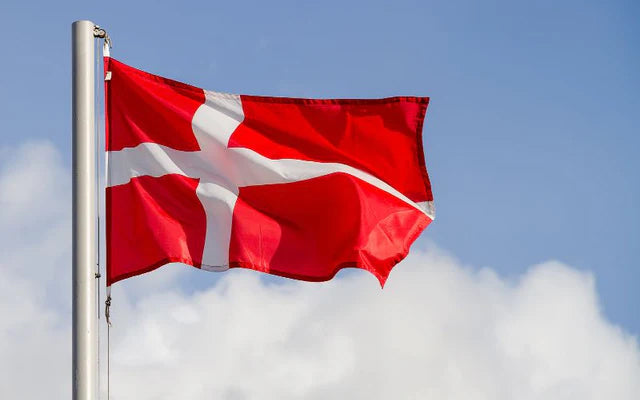
Japanese Green Tea Co. Starts Free Shipping to Customers in Denmark
Embark on a journey of warmth and flavor as Japanese Green Tea Co. extends its embrace to Denmark, bringing the essence of 'Hygge' to tea enthusiasts. Picture yourself surrounded by...
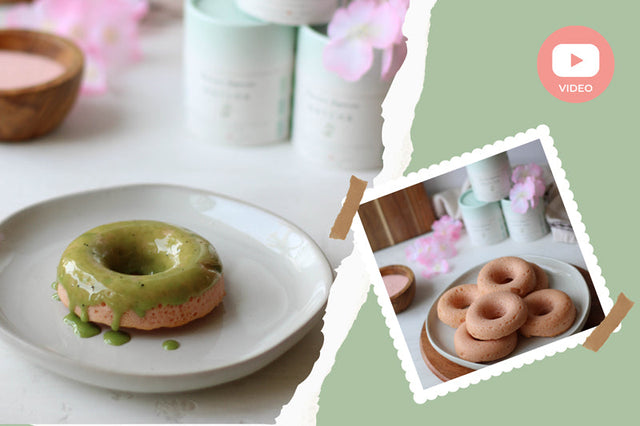
Sakura Cherry Blossom Almond Donuts with Matcha Glaze (Video Recipe)
Spring's delight in a bite! Try our Sakura Cherry Blossom Almond Donuts with Matcha Glaze. Perfect blend of floral notes & matcha magic. Click for recipe!
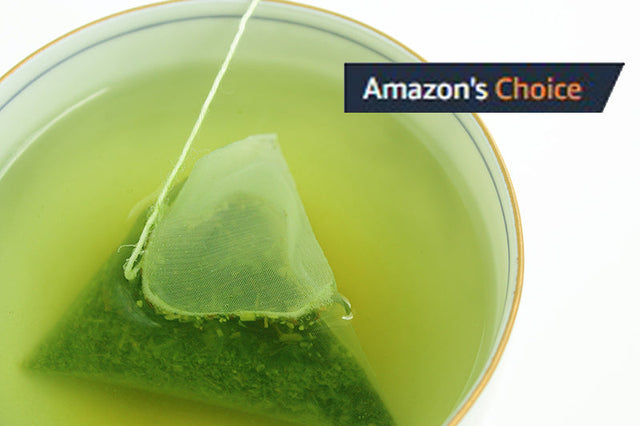
Gokuzyo Aracha Teabag and Yuzu Sencha is Selected As Amazon's Choice
We want to share with you the news that our Gokuzyo Aracha Teabag and Yuzu Sencha have been selected as Amazon's Choice! Thank you for the support of our products,...
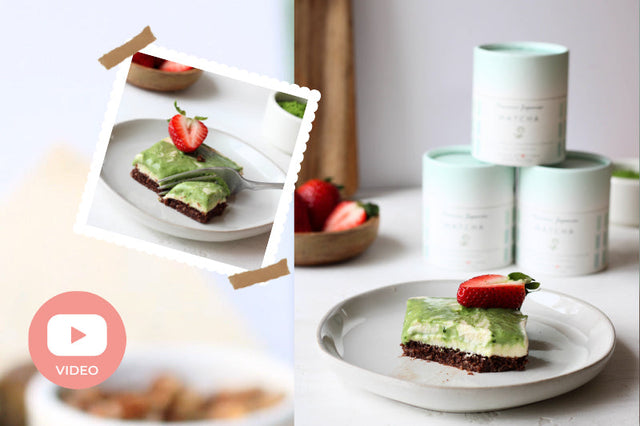
Matcha Chocolate Cheesecake Bars (Video Recipe) - Match(a) Made in Heaven! Show Your Love with Matcha this Valentine
Indulge in Matcha Chocolate Cheesecake Bars! Our video unveils this rich, matcha-infused delight. Click for an irresistible treat!
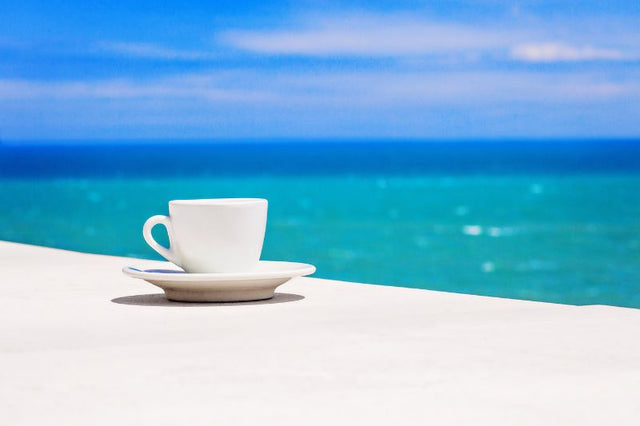
Japanese Green Tea & Hawaii - Green Tea Sommelier`s Selfish Guide
Green Tea Mania's selfish guide will help you find the right combination of Hawaiian charm and Japanese Green Tea. Discover hidden jewels and delectable fusions in this tea lover's dream.
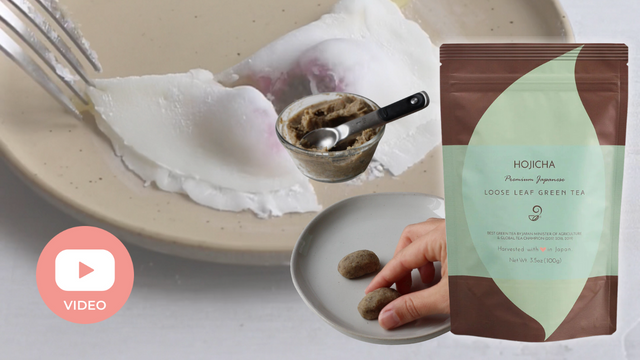
New Year's Wagashi - Hojicha Hanabira Mochi
Ring in the New Year with our Hojicha Hanabira Mochi - a traditional Japanese sweet made with roasted green tea, red bean paste, & a pretty pink blossom design. Indulge...
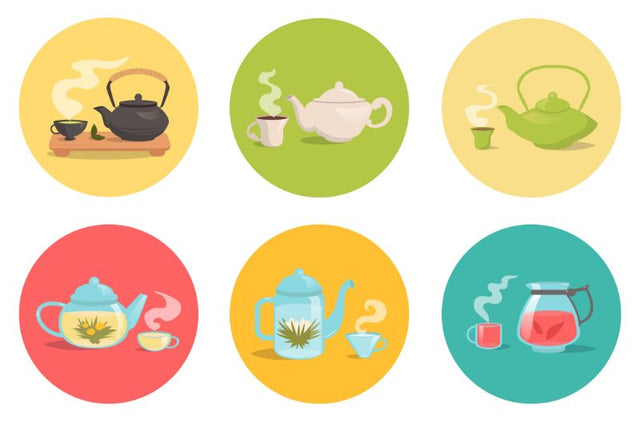
Everything You Need to Know About Different Types of Japanese Tea
Discover the diverse world of Japanese tea. From sencha to matcha, explore the flavors and traditions that make each type unique. Expand your tea horizons and savor the essence of...
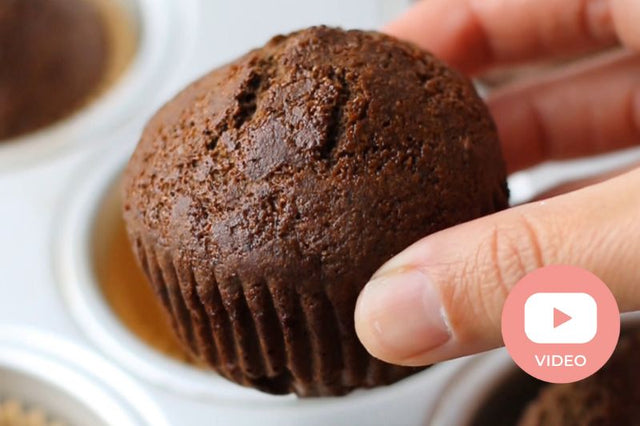
Hojicha Gingerbread Muffins
Indulge your taste buds with our delightful Hojicha Gingerbread Muffins – a perfect blend of wholesome ingredients and tantalizing flavors! Discover the magic of hojicha powder combined with aromatic spices,...
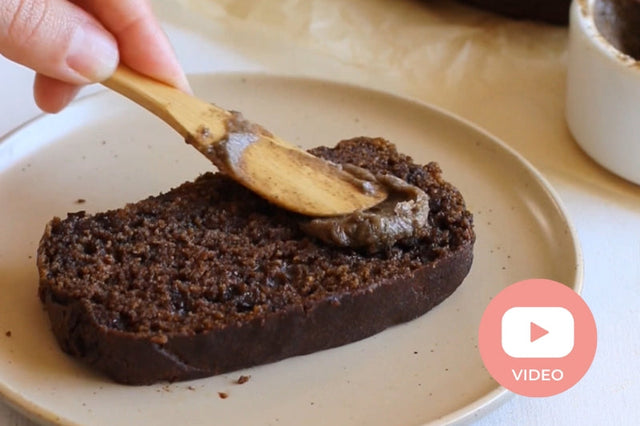
Delicious Chocolate Hojicha Pumpkin Bread Recipe | Easy Fall Baking Ideas
Treat yourself with a slice of Chocolate Hojicha Pumpkin Bread- the perfect fall treat! Get the recipe and more easy baking ideas here!
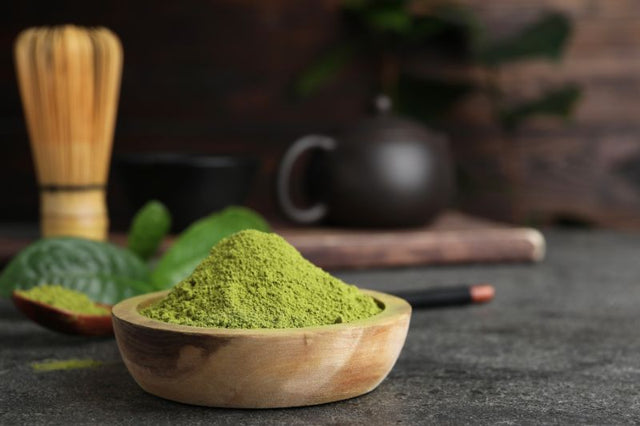
Cooking Up a Green Storm: 10 Must-Try Matcha-Infused Vegan Recipes for Your Plant-Based Kitchen
Looking for new plant-based recipes? Check out these 10 delicious and healthy matcha-infused vegan dishes!
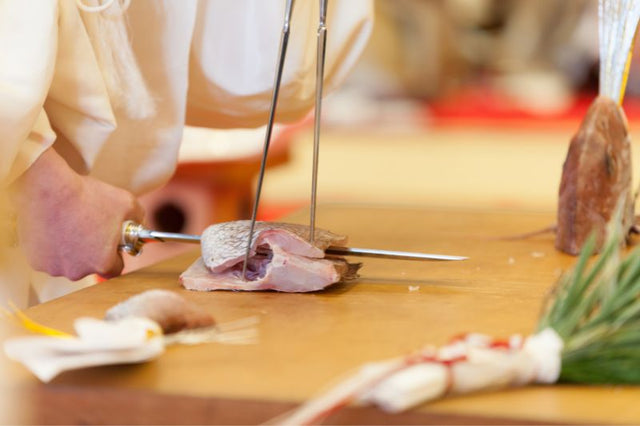
Houchoushiki (庖丁式) - A ceremony that celebrates the art of Japanese Knives
The Houchoushiki ceremony is a beautiful celebration of Japan's knife culture. Originating from Edo period, it honors the skill of knife-making and supports the maintenance of such classic traditions.
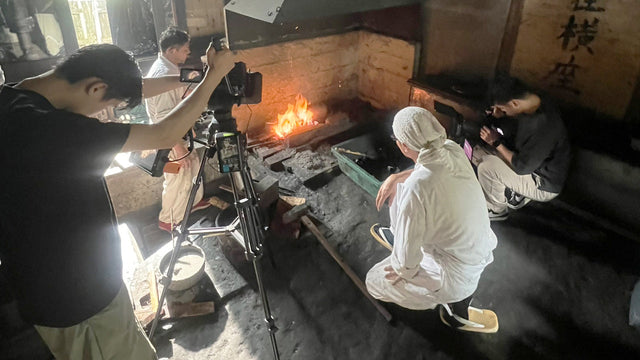
Behind the Scene – How We Made the Homepage Video
Learn more about the hard work that went into making our appealing homepage video by seeing the process behind its creation.

McDonald’s Japan (and Coffee)
Learn about the unique coffee culture of McDonald's Japan and how it differs from the fast food chain's global offerings. Explore their menu and more.
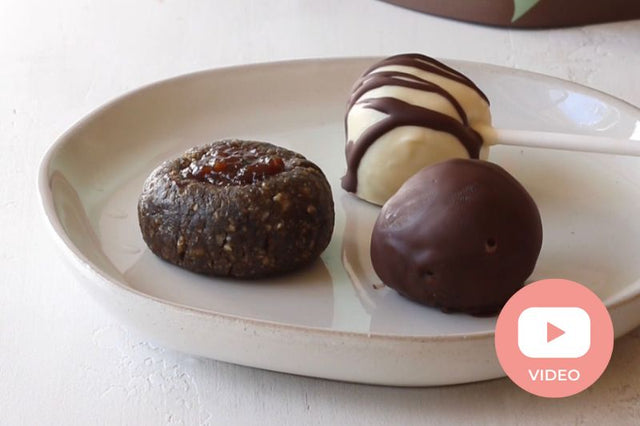
Hojicha Cookie Dough - Three Must-Try Recipes
Discover the unique flavor of Hojicha with these three different cookie dough recipes that are sure to satisfy your sweet tooth cravings.
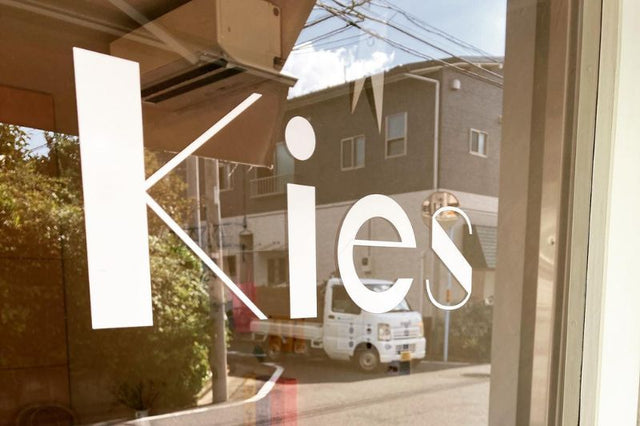
Unveiling Tokyo's hidden gem – 'Kies,' where the aroma of freshly baked homemade cookies welcomes you like a warm, cozy hug
Enjoy Kies, a hidden haven in Tokyo where the aroma of freshly baked, handcrafted cookies will warm your heart. Experience this delightful wonderland today!
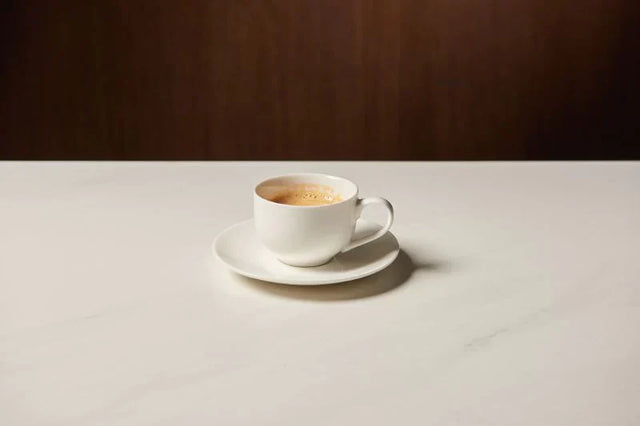
Experiencing Coffee First-Hand in Italy - The Land of Espresso
Experience firsthand Italy's coffee culture. In the heart of Italy, discover the essence of espresso and the art of coffee.
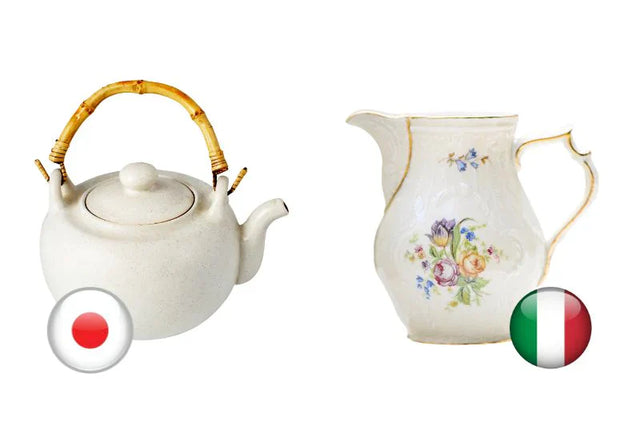
Japanese Green Tea vs Italian Tea - Personal account of tea in Italy from my recent Italy trip
Discover the tastes and health benefits of Japanese Green Tea vs. Italian Tea in this tantalizing clash of ethnic sips. Take a sip of knowledge!

British Coffee chain Costa Coffee (the world’s second-largest coffee chain) opens its first outlet in Japan
Savor the blend of cultures as Costa Coffee, a major global chain, opens its doors in Japan. Experience the best of both worlds in every cup!
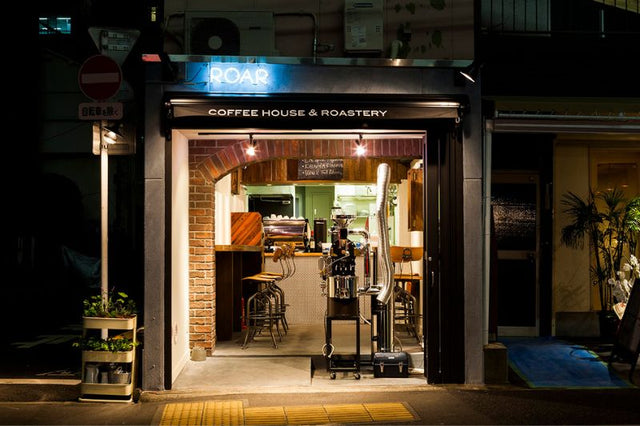
Roar Cafe and Roastery
Experience the captivating world of Roar Cafe and Roastery. Indulge in artisanal coffee blends and immerse yourself in a cozy coffee haven. Discover your new favorite spot!

Doutor Coffee - Everything You Need to Know
Discover the history and unique offerings of Doutor Coffee, one of Japan's most popular coffee chains. Satisfy your curiosity and explore the world of Japanese coffee culture.
Your cart is currently empty.
Start Shopping

















